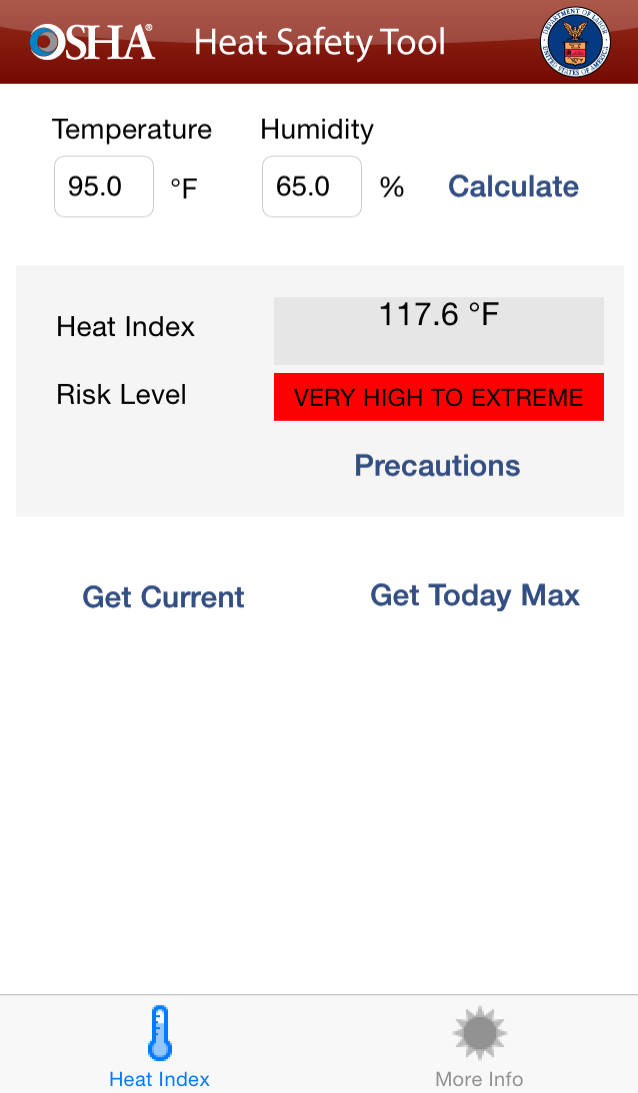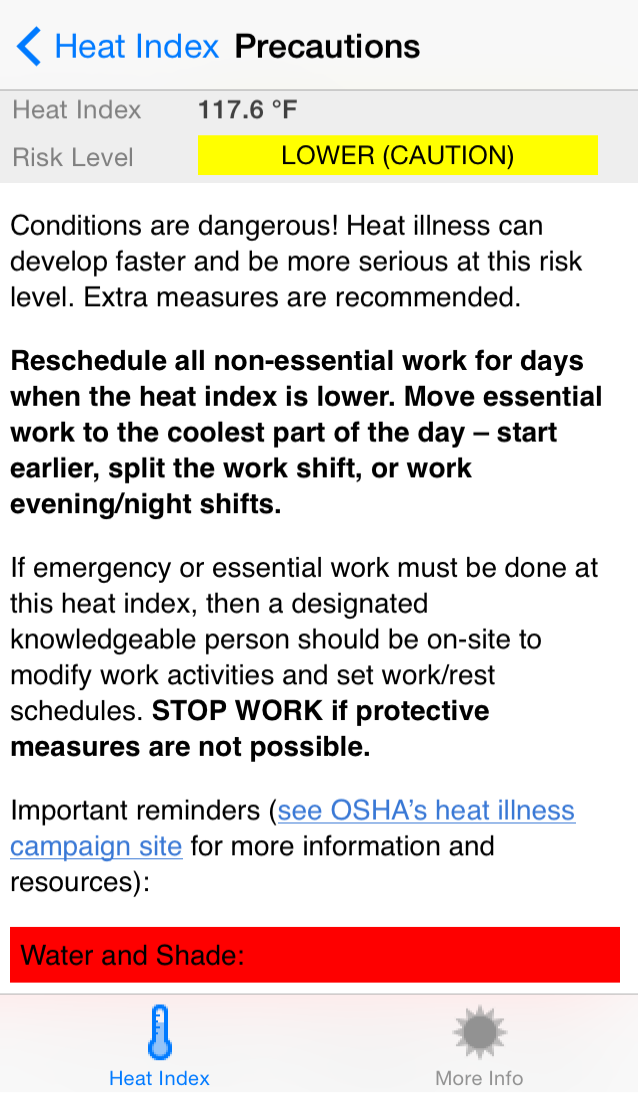It seems like Old Man Winter has finally gone into his own hibernation (for now…). Although we’re all ready to thaw out after that brutal winter, the heat of summer can be brutal, too. That is the message behind OSHA’s “Water. Rest. Shade.” Campaign to Prevent Heat Illness in Outdoor Workers.

According to OSHA, there were 31 heat-related worker deaths and 4,120 heat-related worker illnesses in 2012. OSHA’s campaign, which launched last week, keys in on three areas to help workers and employers prepare for the hot summer days ahead – how to identify heat illness, how heat illness can be prevented, and who is at risk of developing a heat illness.
What is heat illness?
In hot weather, especially with high humidity, the body can’t always cool itself off normally through sweating. That can cause your body temperature to rise to dangerous levels, and according to OSHA, that’s when heat illnesses can happen. OSHA says heat illnesses can range from heat rash and heat cramps to heat exhaustion and heat stroke. Heat stroke being the most serious of those, and requires immediate medical attention.
How can heat illness be prevented?
The important thing to know is heat illnesses can be prevented, as OSHA says, with three simple things: Water, Rest, and Shade. They give the following tips for both workers and employers:
- Drink water every 15 minutes, even if you are not thirsty.
- Rest in the shade to cool down.
- Wear a hat and light-colored clothing.
- Learn the signs of heat illness and what to do in an emergency.
- Keep an eye on fellow workers.
- “Easy does it” on your first days of work in the heat. You need to get used to it.
Who is affected?
Any worker exposed to hot weather is at risk of heat illness, especially those doing intense labor or wearing bulky protective clothing and equipment. But OSHA states that those who can be most vulnerable to heat stress are new workers, temporary workers, or workers who have been away for a week or more, because they haven’t yet been acclimatized.
“Acclimatization is a physical change that the body undergoes to build tolerance to heat, and it is a critical part of preventing heat illnesses and fatalities,” said Dr. David Michaels, assistant secretary of labor for occupational safety and health. “Over the past three years, lack of acclimatization was the cause in 74 percent of heat-related citations issued. Employers have a responsibility to provide workplaces that are safe from recognized hazards, including outdoor heat.”
As part of its campaign, OSHA has developed a slew of educational resources aimed at raising awareness and educating workers and employers, with everything from fact sheets, posters, training guides, and wallet cards.
They’ve also released an OSHA Heat Smartphone App. The app allows workers and supervisors to calculate the heat index for their jobsite, and based on that heat index, displays a risk level to outdoor workers. It also provides all of the protective measures that should be taken at any given risk level to prevent heat-related illnesses.


The app can be downloaded for free for iPhone and Android users.
OSHA’s Heat Index App (Herramienta de Seguridad en El Calor) and the educational resources (recursos educativos) are also available in Spanish.
